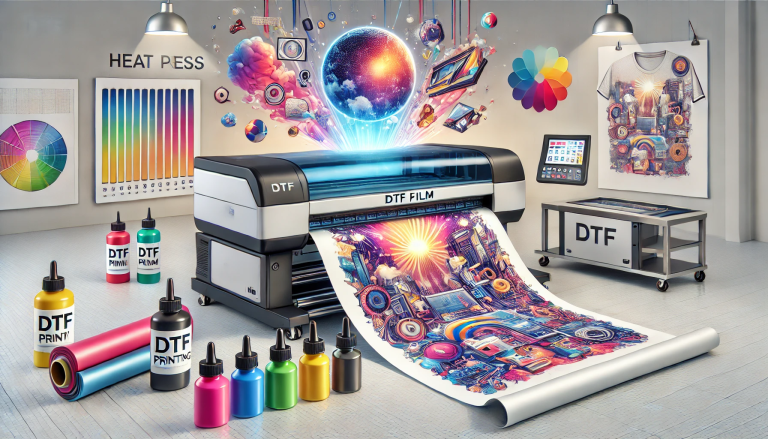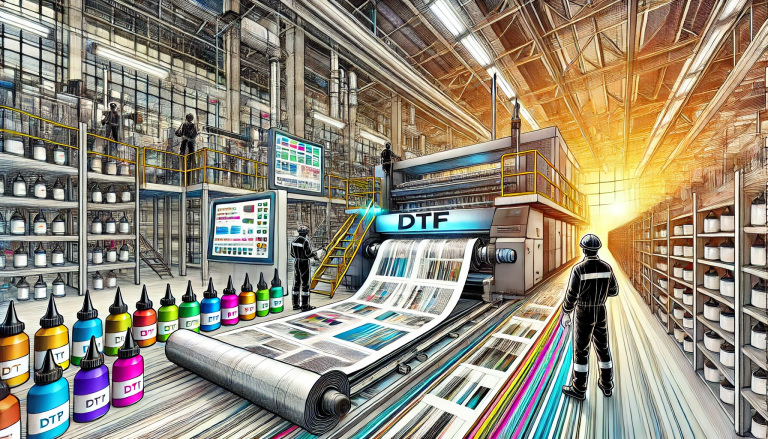“What is Direct-to-Film Printing?” -MAXDTF- China UV DTF Adhesive Transfer Paper, UV Magic Film Wholesale, Made in China
In the world of apparel printing, there has always been a relentless quest for better, faster, and more cost-effective ways to deliver high-quality graphics on fabrics. From screen printing to direct-to-garment (DTG) and now to Direct-to-Film (DTF) printing, the evolution has been fascinating. In this blog post, we’re going to dive into the exciting world of Direct-to-Film printing, demystify what it is, and understand its benefits.
A Brief Introduction to Direct-to-Film (DTF) Printing
Direct-to-Film printing, as the name suggests, involves printing your desired graphic onto a special film before transferring it onto the fabric. Unlike the DTG process, where the design is printed directly onto the garment, the DTF method uses an intermediate step. However, this extra step brings its own set of advantages.
How does DTF work?
- Design Creation: Just like any other printing method, DTF begins with the creation or selection of a design.
- Printing on Film: Using specialized DTF printers, the design is printed onto a transparent film. These printers employ a unique ink formula suitable for the process.
- Applying Adhesive Powder: Once the design is printed, a layer of adhesive powder is spread across it. This powder will help bind the design to the fabric later in the process.
- Transferring to Garment: The film, complete with the printed design and adhesive powder, is then heat-pressed onto the desired garment. The combination of heat and pressure fuses the design onto the fabric.
- Peeling: After heat pressing, the film is carefully peeled away, leaving the design perfectly imprinted on the garment.
What Makes DTF Unique?
- Versatility: DTF can be used on a variety of fabrics, including those that are traditionally challenging for other printing methods.
- Durability: The adhesive powder ensures a strong bond between the ink and the fabric, making DTF prints long-lasting.
- High Resolution: DTF printers can produce detailed and vibrant designs with great color accuracy.
- No Pre-treatment Needed: Unlike DTG, which often requires the fabric to be pre-treated, DTF needs no such preparation.
Benefits of DTF Printing:
- Flexibility with Fabrics: Whether it’s cotton, polyester, or a blend, DTF is versatile enough to handle them all.
- Reduced Limitations: With DTF, there’s no need to worry about color count or complex setups. You can easily produce detailed and multicolored designs.
- Cost-Effective for Small Runs: DTF can be economical for small to medium-sized orders, making it a favorite for custom orders or limited edition runs.
- Soft Feel: DTF prints are known to have a soft hand-feel, making them comfortable to wear.
Conclusion:
Direct-to-Film printing is undoubtedly an exciting advancement in the apparel printing industry. Its ability to produce high-quality prints on various fabrics, combined with its cost-effectiveness and ease of use, makes it a sought-after choice for many businesses and designers. As the technology continues to evolve, it’s safe to say that the future of apparel printing is bright, and DTF will play a significant role in shaping it.




